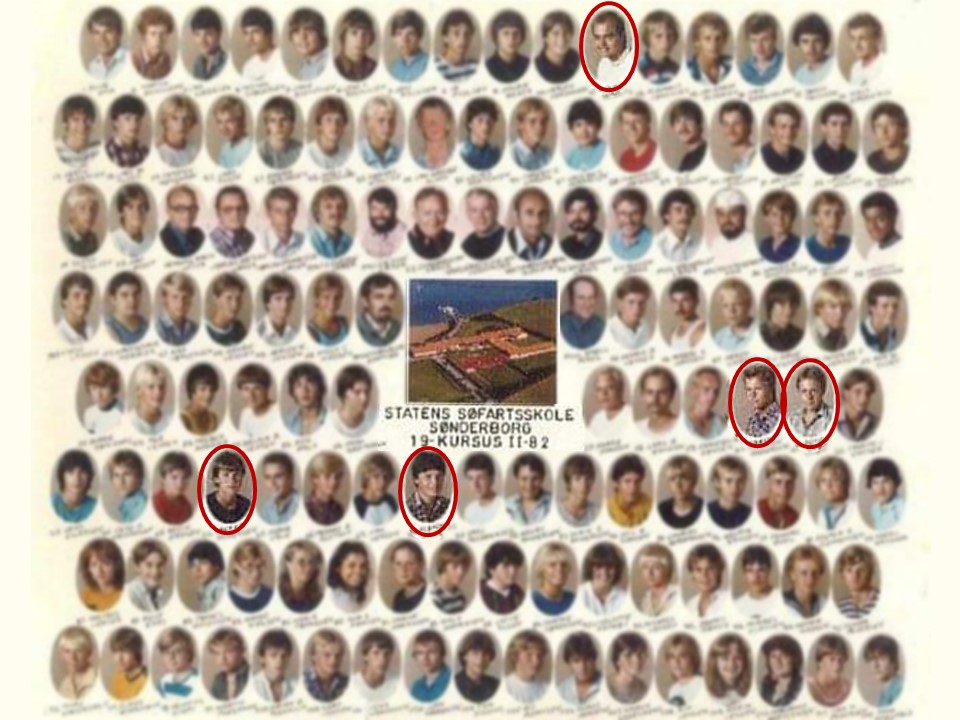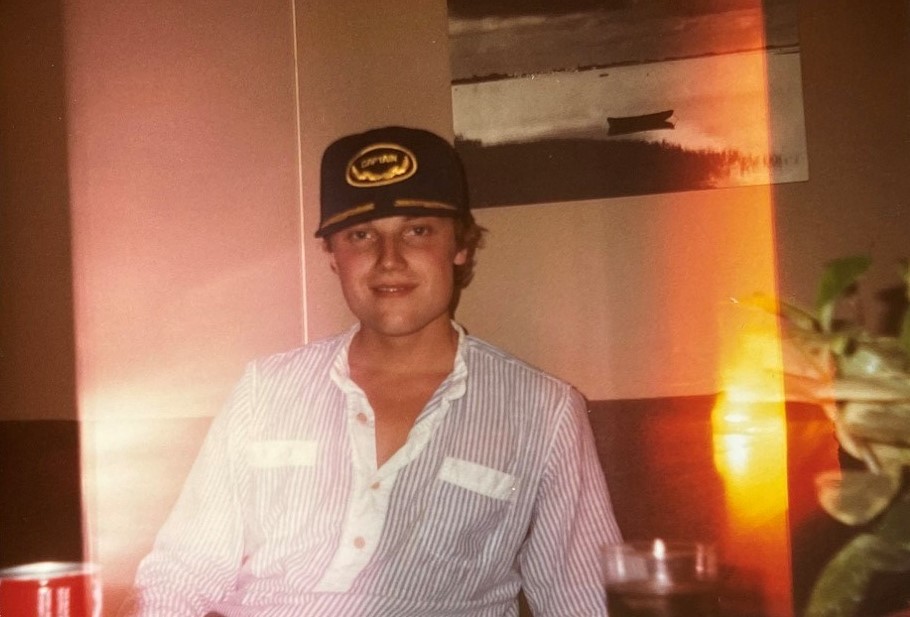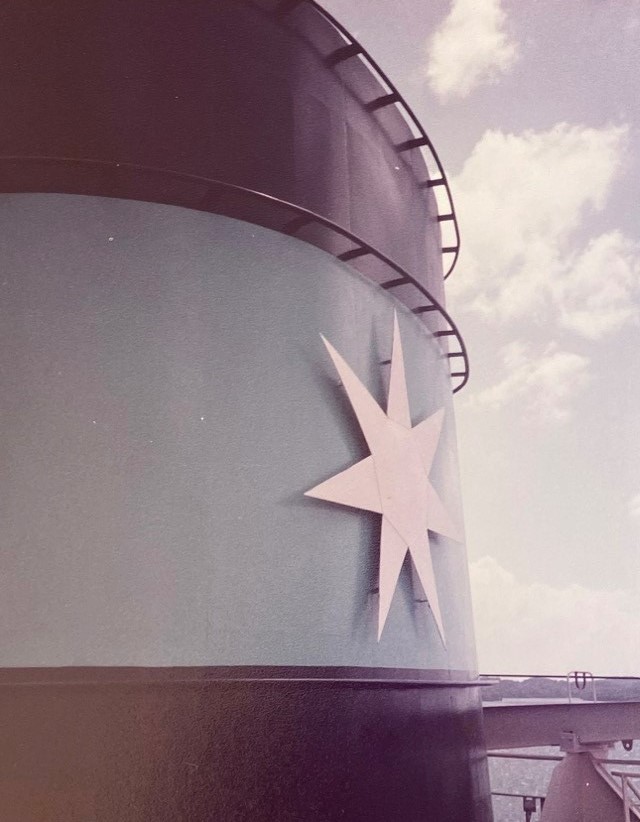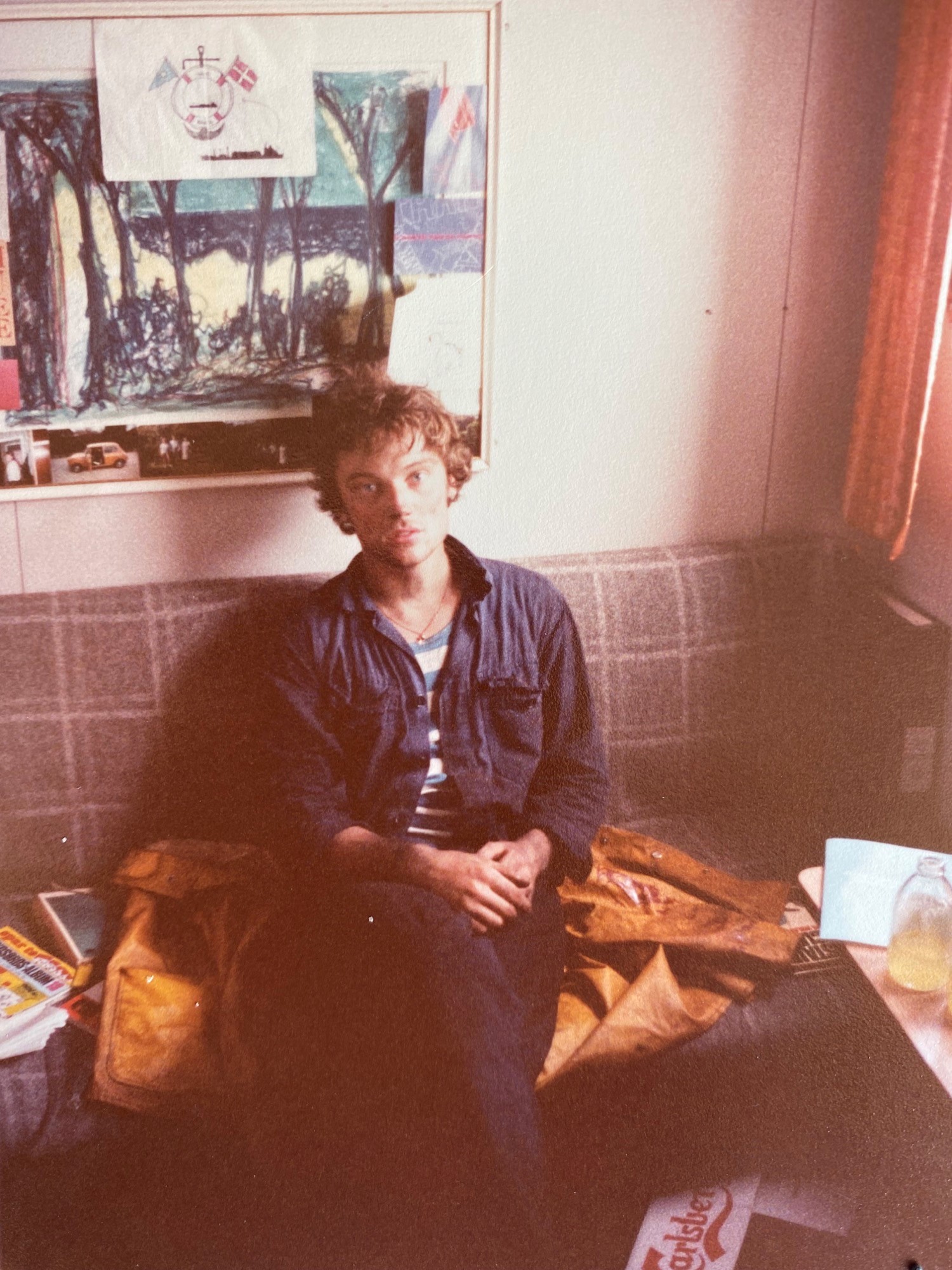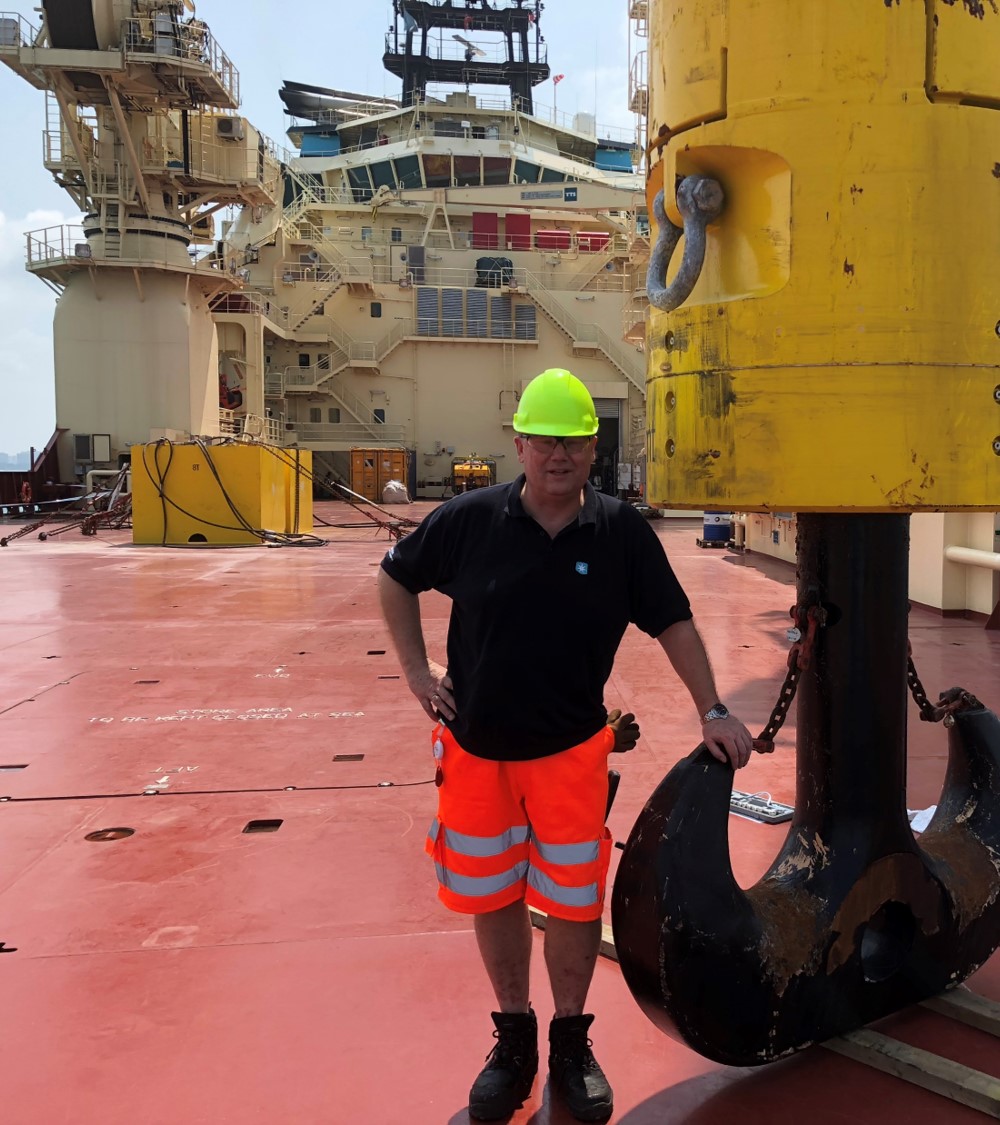In July 1982, five promising young cadets graduated from Sønderborg Søfartskole (Sønderborg School of Seafarers) and went on to sail with Maersk Supply Service.
Carsten Andersen, Flemming Bang, Peter Grøn, Peter Andersen and Keld Thilqvist all rose through the ranks from cadet to captain, with some also working onshore for a period. Now, 40 years later, they have dedicated an astonishing 200 years of service between them, providing invaluable experience, expertise and safe hands to Maersk Supply Service.
Below, they share some insights and reflections from their extraordinary careers so far, from their most formative challenges to their favourite moments.
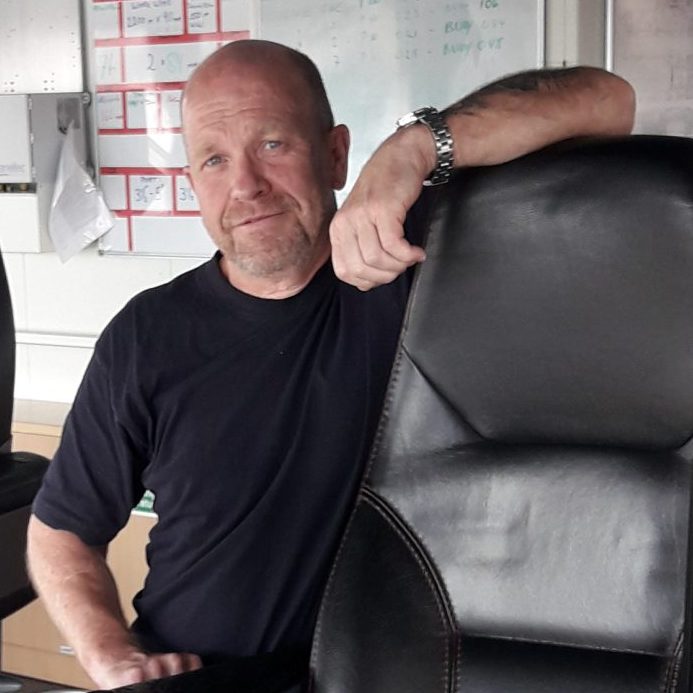
Captain Carsten Andersen
First vessel:
Chastine Mærsk. I thought it was such a beautiful name that we christened my daughter Anne Chastine.
Current location:
Mærsk Lifter, North Sea
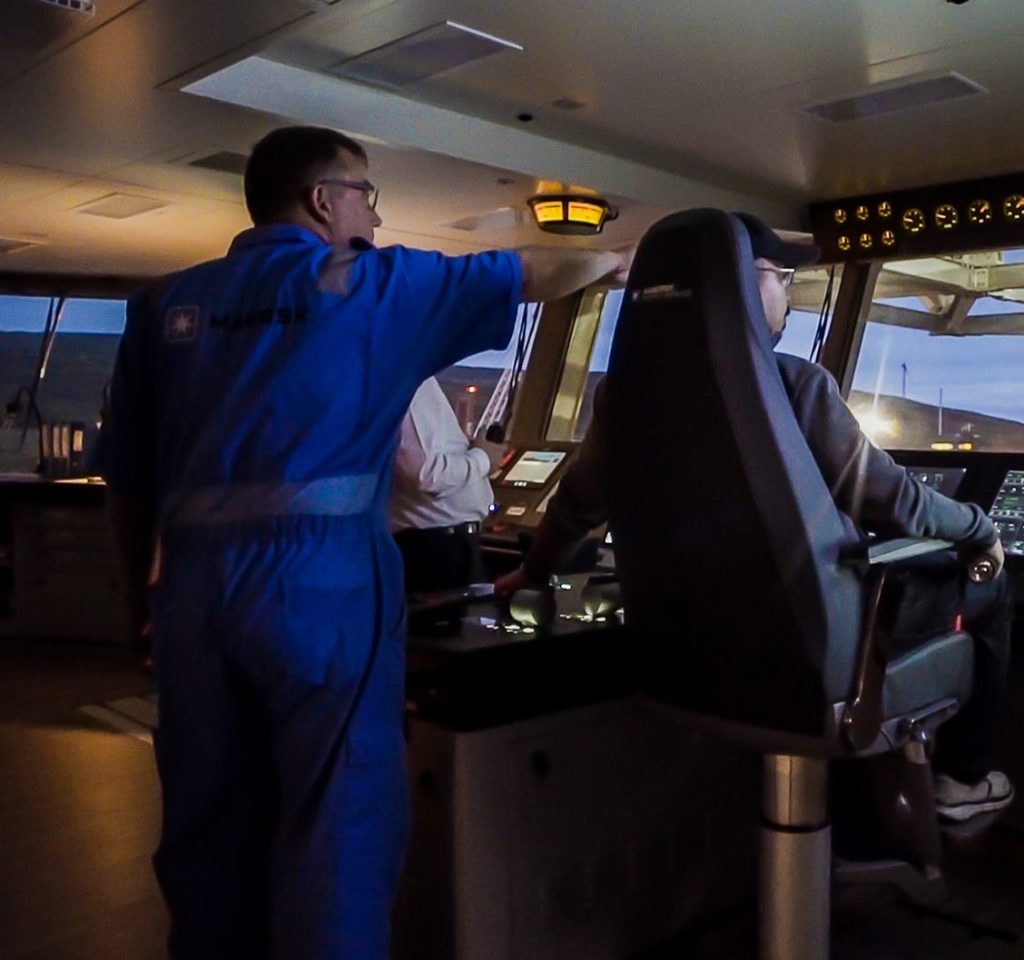
Captain Flemming Bang
First vessel:
Albert Maersk. I was posted to New York together with CPT Peter Andersen. It was our first time on a plane – a big deal back then…and we actually missed the flight from Amsterdam as we weren’t used to navigating airports. We were so sure we’d be fired the next day…
Current location:
Maersk Inventor, Offshore Mexico
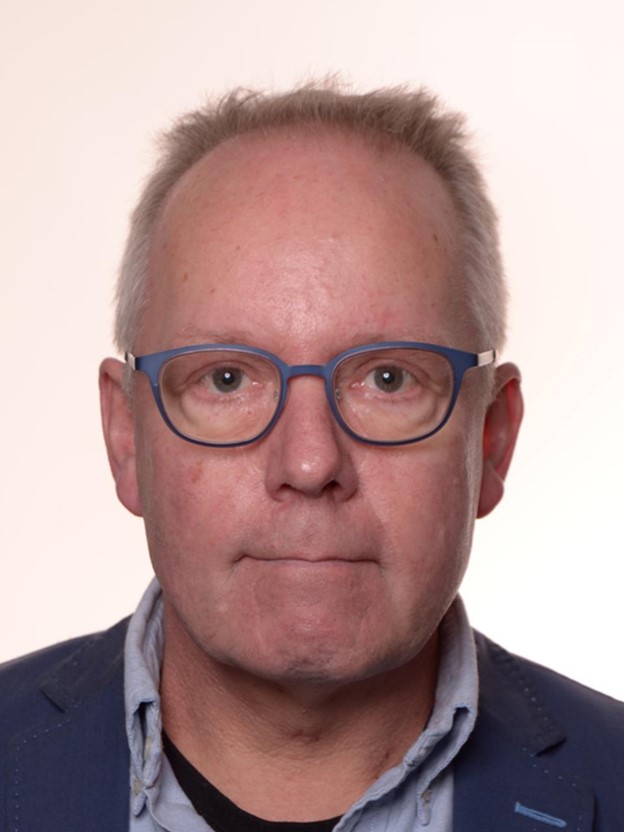
Captain Peter Grøn
First vessel:
Gudrun Mærsk. A quick glance through my Discharge Books shows a total of 155 commissions on 23 different vessels over the past 40 years.
Current location:
Denmark (presently not assigned to a vessel).
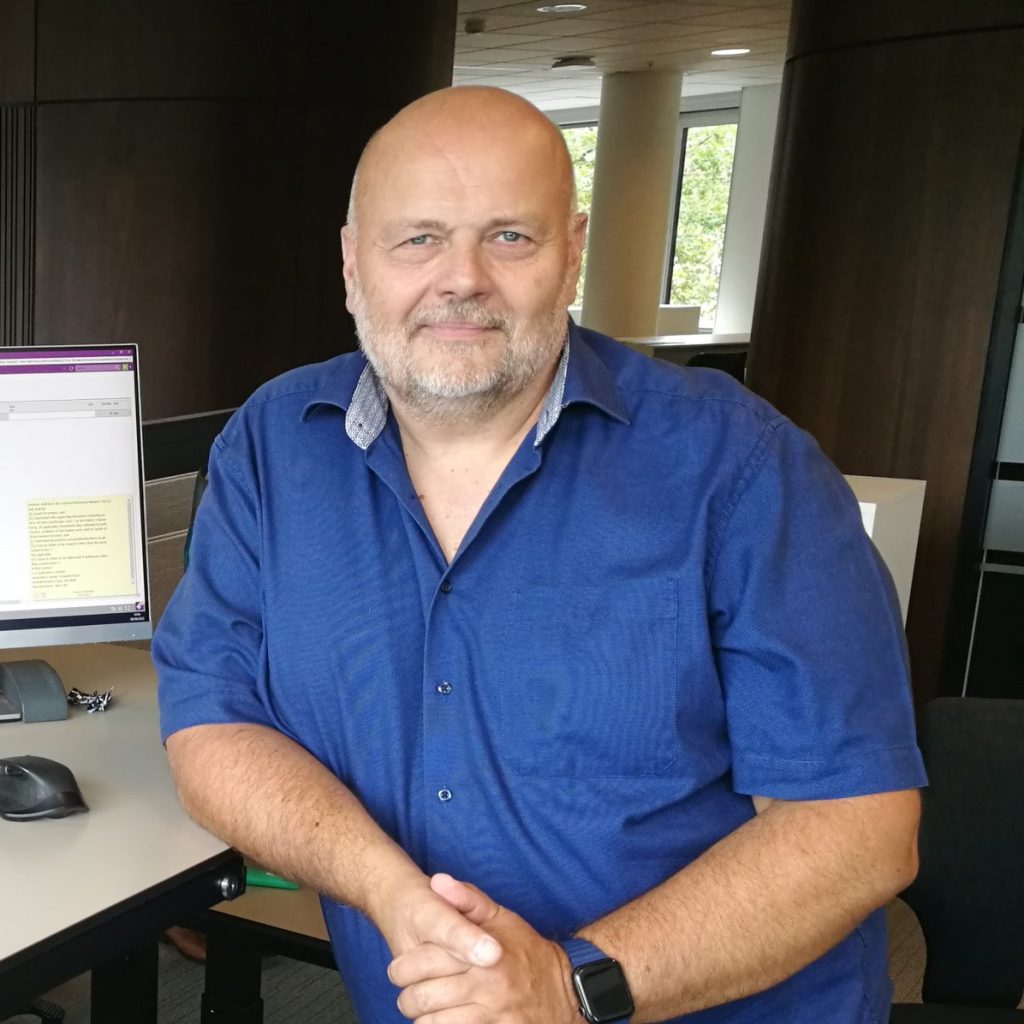
Captain Keld Thilqvist
First vessel:
Dirch Mærsk. My grandfather was beyond proud that I was sailing under the Maersk star.
Current location:
Lyngby HQ, Copenhagen
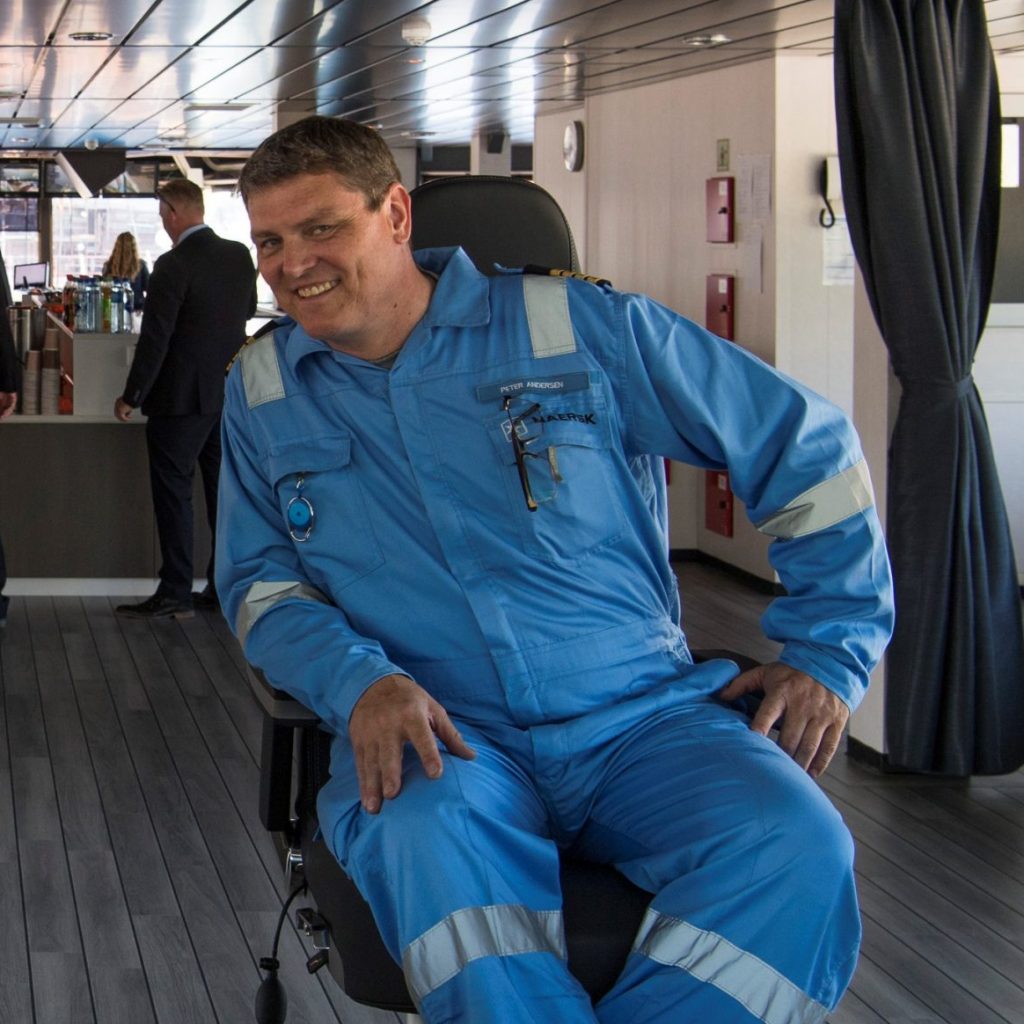
Captain Peter Andersen
First vessel:
Albert Mærsk. As CPT Flemming mentioned, we missed the flight from Amsterdam to New York. We just made it, boarding the ship 90 minutes before she sailed.
Current location:
Maersk Handler, North Sea
“Supporting vessel dockings onsite has allowed me to experience procurement on a whole new level – it is definitely where the real action is!”
“It is interesting to work as a leader because I’m able to support the development of others and follow their progress”
“The most interesting aspect of my job is probably the mix of building relations with our clients and understanding their needs, all while gaining an understanding of our regional markets.”
“Every time our team concludes a project, I feel I am directly contributing to the development of our Company, the local economy and the world.”
“The most interesting part of my job as a Chief Officer is being in direct contact both with the operational aspect and the management team being able to contribute with practical decisions of the vessel.”
“What I love most about Maersk Supply Service is the feeling of shared purpose held by all employees. It makes my work life very meaningful to be able to connect with my colleagues sharing one common goal – to make Maersk Supply Service a leader in solving the energy challenges of tomorrow.”


